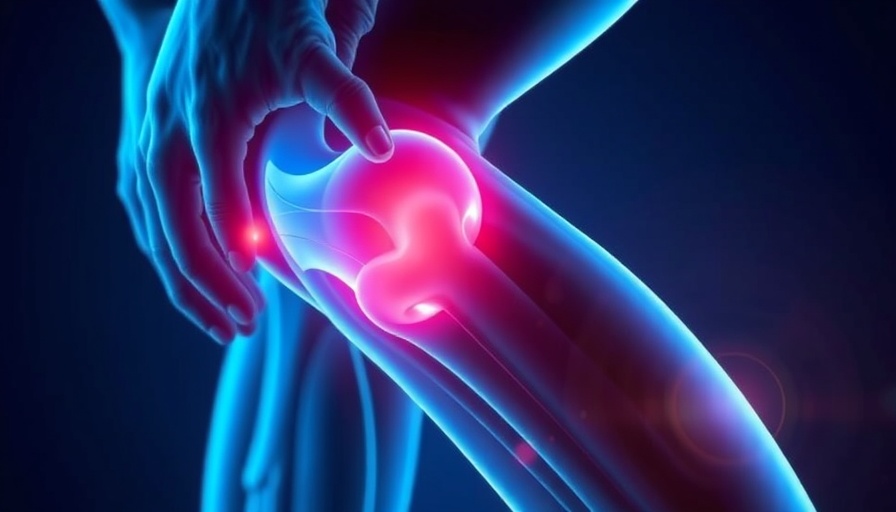
A New Approach to Managing Knee Arthritis Pain
An intriguing new study has unveiled that low-dose radiation therapy could provide significant pain relief for those suffering from knee osteoarthritis. Currently, over 32 million adults in the U.S. grapple with this degenerative condition, which typically results in chronic pain, reduced mobility, and a considerable impact on quality of life. The clinical team that conducted the study recently presented their findings at a meeting of the American Society for Radiation Oncology in San Francisco, sparking interest in this lesser-known treatment method.
The Efficacy of Low-Dose Radiation
In the recent study involving 114 patients with mild to moderate knee arthritis, researchers divided participants into groups receiving either low-dose radiation, very-low-dose radiation, or a placebo. Remarkably, after six treatment sessions, 70% of patients in the low-dose group reported significant improvements in pain and mobility, while only 42% in the placebo group experienced similar benefits. Those receiving very-low doses also noted some improvement; however, it did not surpass the placebo effect.
The Ailment and Its Current Treatments
Knee osteoarthritis involves the deterioration of cartilage that serves to cushion the joint, leading to painful bone-on-bone contact. Current management options often present patients with tough choices: they can opt for medication, which may entail unwelcome side effects, or consider invasive surgical options like joint replacement that could entail extensive recovery times. Traditional pain relief methods often fall short of delivering sustainable relief for many individuals, emphasizing the dire need for alternative strategies.
Radiation Therapy: A Safe and Targeted Approach
Dr. Byoung Hyuck Kim, the principal investigator from Seoul National University, emphasized that using low-dose radiation is markedly different from high-dose radiation typically associated with cancer treatments. The doses administered in this study were less than 5% of standard cancer treatment levels, minimizing the risk of adverse side effects. Importantly, because the treatment targets joints away from vital organs, it offers a feasible option for those who may be ineligible for medication or surgery.
Insights from European Practices
Interestingly, low-dose radiation has been a standard treatment for joint pain in several European nations, including Germany and Spain, long before gaining traction in the U.S. However, the lack of extensive, high-quality trials in North America had hindered its acceptance within the medical community. This recent study, highlighting the efficacy of the method, could pave the way for similar trials and the potential adoption of this treatment in the United States, offering hope to millions struggling with arthritis pain.
The Case for Responsible Innovation in Arthritis Management
This drop in reliance on traditional pain medications reflects a broader shift towards finding more responsible and sustainable methods of medical intervention. As individuals seek alternatives that have fewer long-term consequences, therapies like low-dose radiation offer innovative solutions that align with contemporary medical ethics.
Addressing Common Misconceptions
There often exists a misconception that all forms of radiation are harmful, yet this study reveals the therapeutic promise that lower doses hold, specifically in treating ailments like osteoarthritis. The understanding that safely delivered radiation can target localized pain without significant systemic effects encourages a reevaluation of how both patients and practitioners view pain management options.
Looking Forward: Personalizing Arthritis Treatment
As research progresses and acceptance of low-dose radiation spreads, individualized treatment methods can emerge, catering to the specific needs and circumstances of patients. Those for whom conventional pain relief methods fail or cause adverse effects may find themselves among those relieved by innovative therapies that diverge from the traditional medication-surgery paradigm.
Ultimately, as more studies explore the viability and effectiveness of low-dose radiation therapy for joint pain, patients may benefit from expanded menus of treatment options. Each development in this field represents a promising step toward helping individuals regain mobility and improve their overall quality of life.
 Add Row
Add Row  Add
Add 




Write A Comment